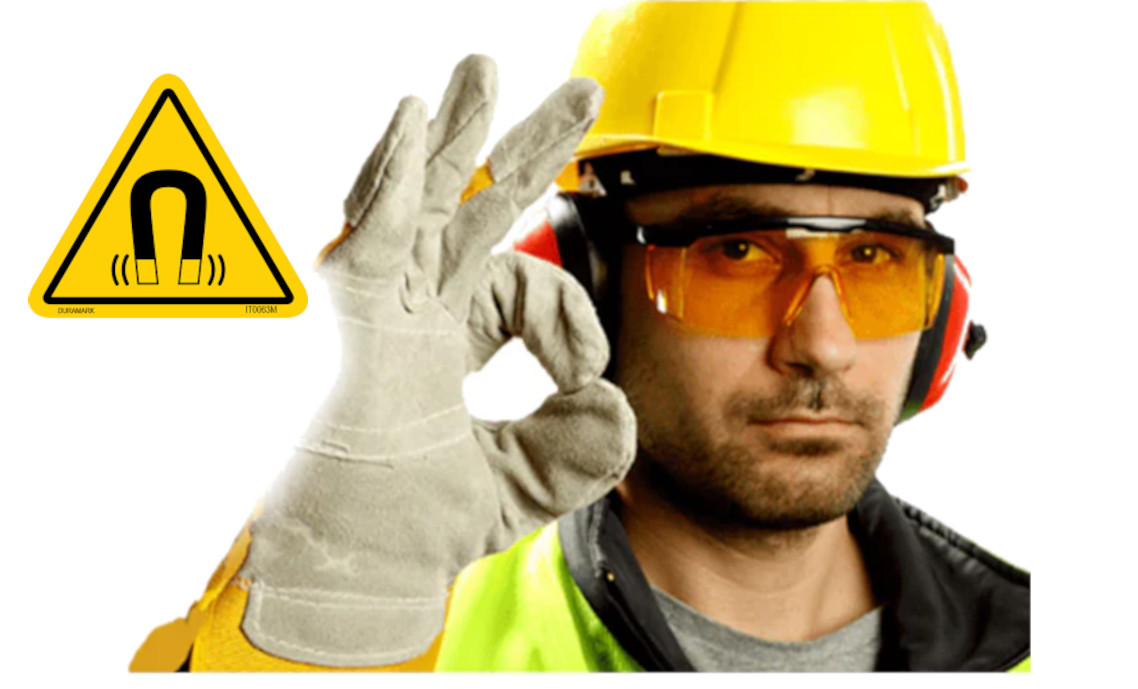
Too Strong to Ignore
High-strength magnets offer powerful advantages—but mishandling can lead to serious risks. Pinched fingers, shattered magnets, and unintended pull toward metal surfaces are common hazards when safety protocols are ignored. Magnetic safety means more than caution—it requires distance from sensitive electronics, secure storage, and awareness of force dynamics. By respecting the strength of neodymium magnets and following best practices, users protect themselves, their tools, and the integrity of every install.
Safety protocols reduce injury risk, protect nearby equipment, and help users manage magnetic force with confidence.
Let me know if you want these tuned for catalog, training, or web tone—or expanded into callout boxes or section headers.
- Powerful Attraction Forces Can Cause Serious Injury
Why It Matters: Neodymium magnets are significantly stronger than other types. They attract or repel with surprising force, especially to those unfamiliar with their strength.
Best Practice: Keep fingers and body parts clear when handling. Larger magnets can cause severe pinching injuries—use caution and controlled movements. - Eye Protection Is Essential
Why It Matters: Shattered magnets can launch sharp fragments at high speed.
Best Practice: Always wear safety glasses when handling large or brittle magnets, especially during separation or installation. - Avoid Wearing Jewelry Or Loose Metal
Why It Matters: Magnets can attract tools or accessories unexpectedly, increasing the risk of cuts or impact.
Best Practice: Remove rings, watches, and metal accessories before working with magnets. - Neodymium Magnets Are Not For Children
Why It Matters: Small magnets pose choking hazards and can cause serious internal damage if swallowed.
Best Practice: Keep all neodymium magnets out of reach of children and never treat them as toys. - Neodymium Magnets Can Affect Pacemakers And Other Sensitive Devices
Why It Matters: Magnetic fields can disrupt medical devices, posing serious health risks.
Best Practice: Store and handle magnets at a safe distance from pacemakers, ICDs, hearing aids, and other sensitive equipment. - Magnets Can Affect Magnetic Media
Why It Matters: Strong magnetic fields can erase or damage data stored on magnetic media.
Best Practice: Keep magnets away from credit cards, ID cards, video tapes, and electronic appliances. - Label Magnet Storage And Work Areas
Why It Matters: Unmarked magnets in shared spaces can lead to accidental exposure or injury.
Best Practice: Clearly label containers and workstations where magnets are present. - Neodymium Magnets Are Brittle And Fragile
Why It Matters: Magnets can chip, crack, or shatter if allowed to slam together.
Best Practice: Do not drill, grind, or machine magnets. Avoid impact and use spacers when storing or handling. - Store Magnet Dust Safely
Why It Matters: Fine metallic dust from broken or machined magnets is highly flammable.
Best Practice: Never store magnet dust near heat sources or open flame. Dispose of filings according to hazardous material guidelines. - High Temperatures Demagnetize Neodymium Magnets
Why It Matters: Extreme heat can reduce magnetic strength and performance.
Best Practice: Avoid using magnets in environments exposed to high temperatures. - Strong Magnets Can Interfere With A Compass And Navigation
Why It Matters: Magnetic fields can distort readings from compasses, GPS devices, and magnetometers.
Best Practice: Keep magnets away from navigation tools and transport equipment. - Establish Magnet-Safe Zones In Industrial Settings
Why It Matters: Proximity to metal shelving, tools, or machinery increases the risk of unintended attraction.
Best Practice: Designate magnet-safe zones to protect workers and equipment. - Disposal And Recycling
Why It Matters: Improper disposal can damage waste equipment and pose safety risks.
Best Practice: Follow local regulations. Use sealed, non-magnetic containers for broken magnets and consult recycling centers for proper disposal.
Magnets don’t give second chances—work smart, stay alert, and protect yourself.
Winnie Industries products must always be installed and used in accordance with our product instruction sheets or designated training. Products should never be applied beyond their intended purpose or in a manner that exceeds specified load ratings. Proper fastening is critical to system integrity and functionality, requiring secure attachment to structurally sound components capable of supporting imposed loads. All installations must comply with governing codes, regulations, and job site requirements. Always consult your Authority Having Jurisdiction (AHJ) for specific regulatory guidance.

